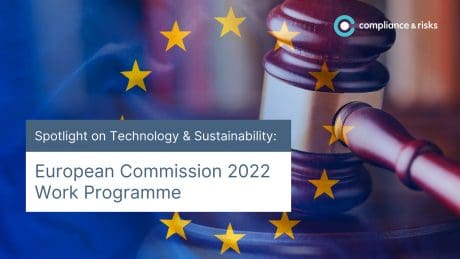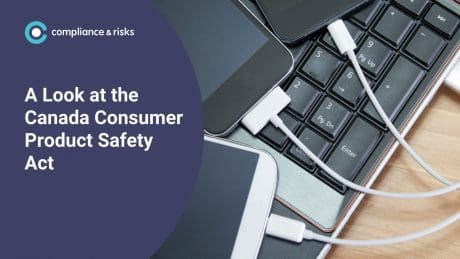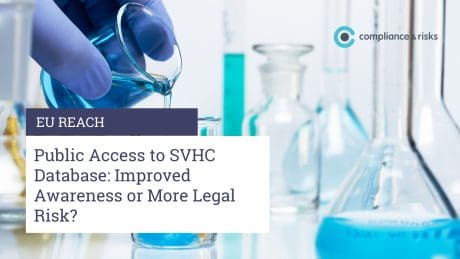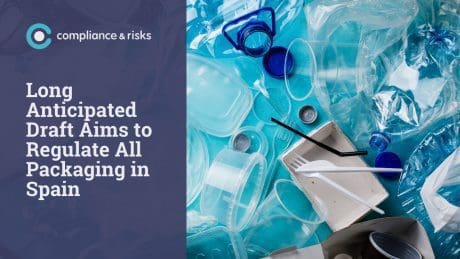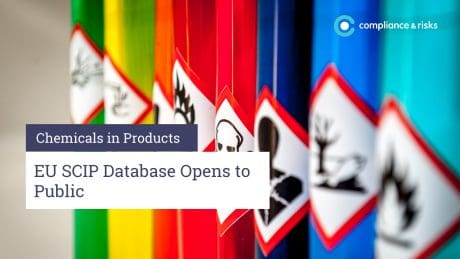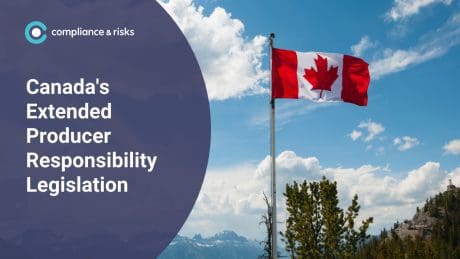
European Commission Seeks Input on Reform of Chemicals Classification Law
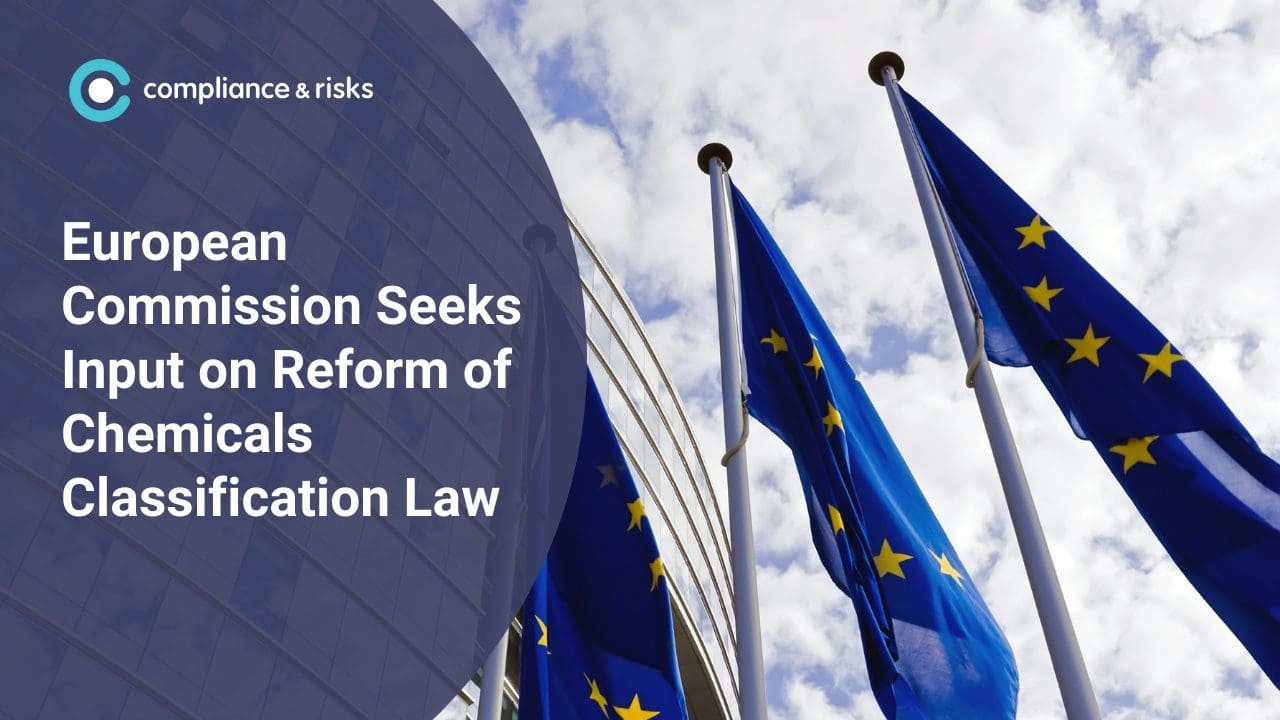
 The European Commission has opened a public consultation on policy options to reform the CLP. Any individual, company or association can send their comments to the Commission by 15 November 2021, which will be published on the Commission’s website. View the public consultation here.
The European Commission has opened a public consultation on policy options to reform the CLP. Any individual, company or association can send their comments to the Commission by 15 November 2021, which will be published on the Commission’s website. View the public consultation here.
This consultation is one step in a much larger overhaul of the EU chemicals laws. The overhaul will include reforming the REACH Regulation and other product-specific rules, such as those on cosmetics and food contact materials, as well as introducing new tools such as e-labeling (see here). With global chemicals production expected to double by 2030, and 96% of manufactured goods now relying on chemicals, the EU chemicals regime is seen as no longer fit for purpose, hence the push for review and, in our view, likely reform.
1. What is the CLP?
The CLP is the cornerstone of EU chemicals law. It tells companies how to classify chemicals that are hazardous, and how to communicate this through labeling, packaging and information sheets. The CLP is important for companies that are active at all levels of the supply chain, including those that use chemicals in their products.
Changes to the CLP will have knock-on effects on many other pieces of EU legislation, including Regulation 1907/2006 on the Registration, Evaluation, Authorization and Restriction of Chemicals (“REACH”). Under REACH, companies need to register their substances, and depending on perceived risk, substances can be restricted. An important part of REACH registration is the classification of the substance, which is done based on the criteria set out in the CLP.
2. Why the CLP needs to be reformed
Reform of the CLP is one part of an extremely ambitious ‘Chemicals Strategy for Sustainability’, which was launched by the European Commission in October 2020. The strategy includes more than 50 actions that will require legislative changes.
The CLP is seen as no longer fit for purpose. Why not? In our experience, the current rules are too vague about who is legally responsible for compliance, which can pose difficulties where supply chains are complex, or where online sales are involved. This often makes it difficult for businesses to understand and comply with their obligations under the CLP. The Commission has acknowledged this, and has also said that it believes the CLP no longer captures the full range of hazards posed by chemicals (see the Inception Impact Assessment here).
3. Why the consultation is important for business
In our view, it is worthwhile for companies that manufacture, export or use chemicals in their products to consider contributing to the consultation, or at least staying close to the results.
The Commission has published an Inception Impact Assessment which puts forward several policy options that it is currently considering. Some of these policy options are likely to be helpful for business, particularly those aimed at making compliance easier. For example, the Commission suggests it wants to allow companies to use multilingual fold-out labels for normal sized packages, something that is currently legally impossible.
However, if adopted, some of the suggestions could also create new difficulties that are likely to have a significant impact on companies that operate globally. The current CLP is based on UN globally harmonized standards. If the EU diverges from these, there could be different rules for exports of chemicals and mixtures to the EU and to non-EU countries.
The Commission has also suggested introducing new hazard classes which do not currently exist, such as endocrine disruptors, the regulation of which has always been controversial in Europe. The aim behind creating a new hazard class under the CLP is ultimately to “avoid the use of endocrine disruptors in consumer products” (see here). This could have a significant impact on companies manufacturing and importing consumer products, since substances currently permitted for use in the EU could eventually become restricted.
Want access to more in-depth analysis from our expert Knowledge Partner Network? Sign up to our newsletter!
